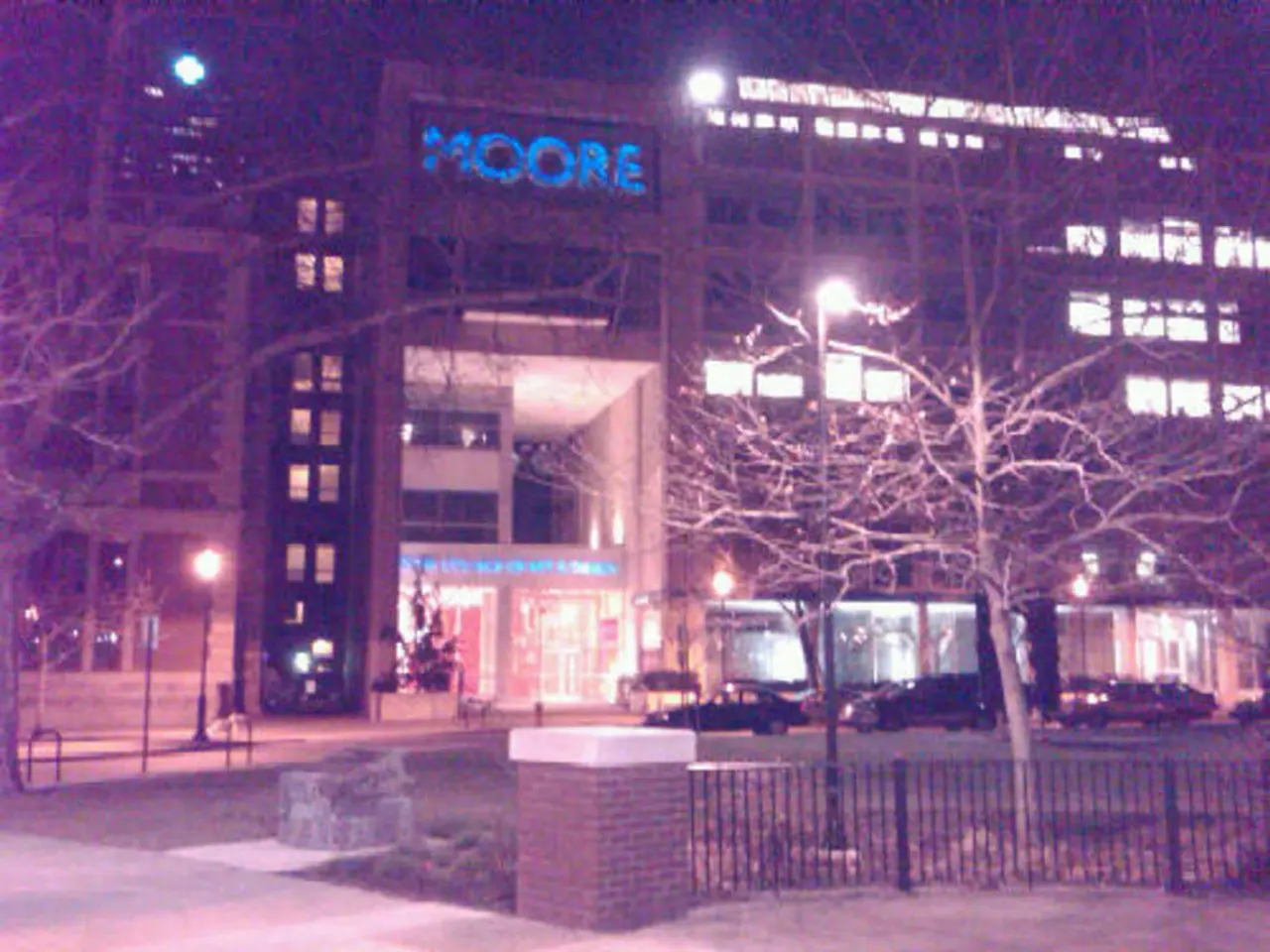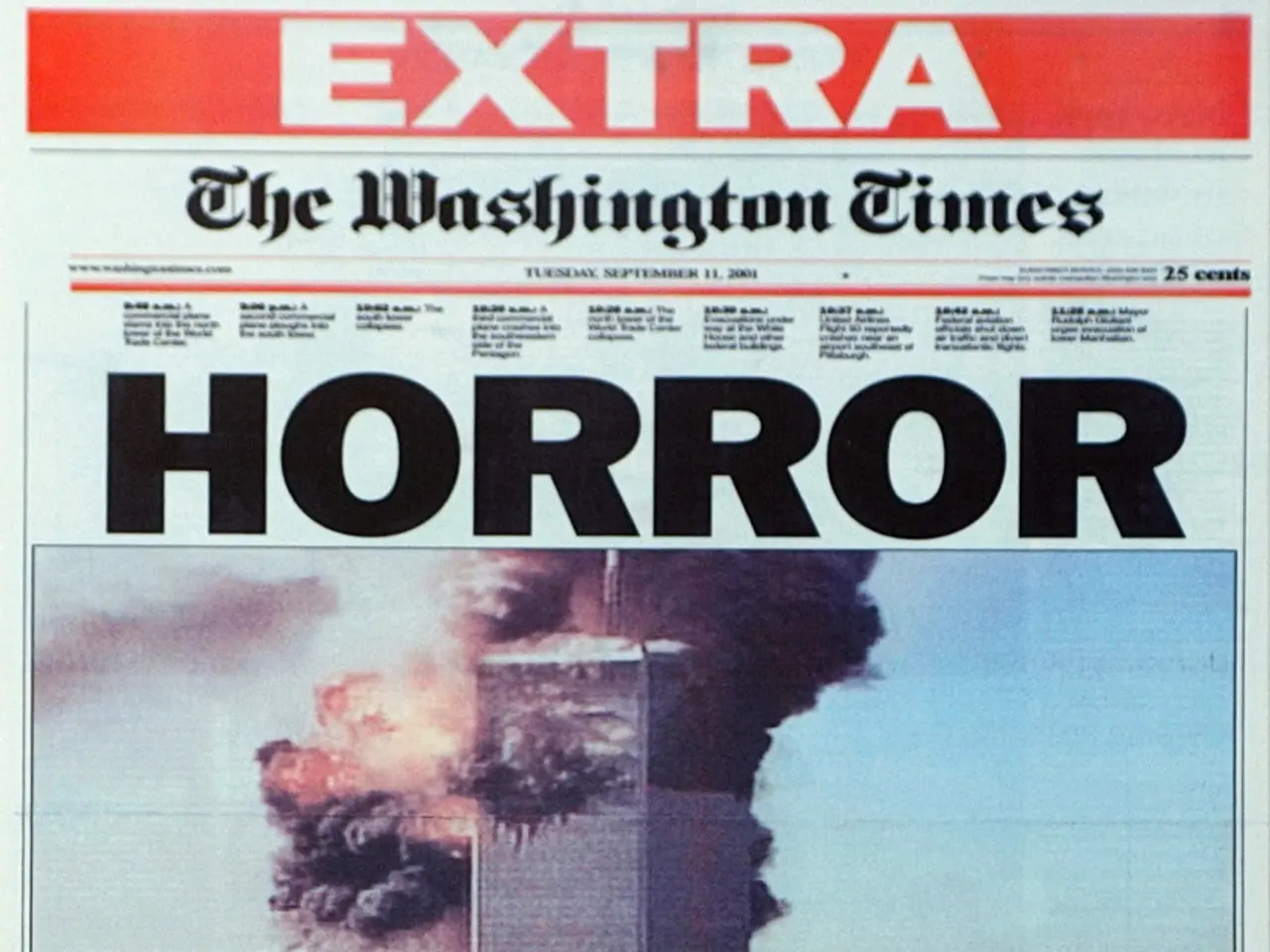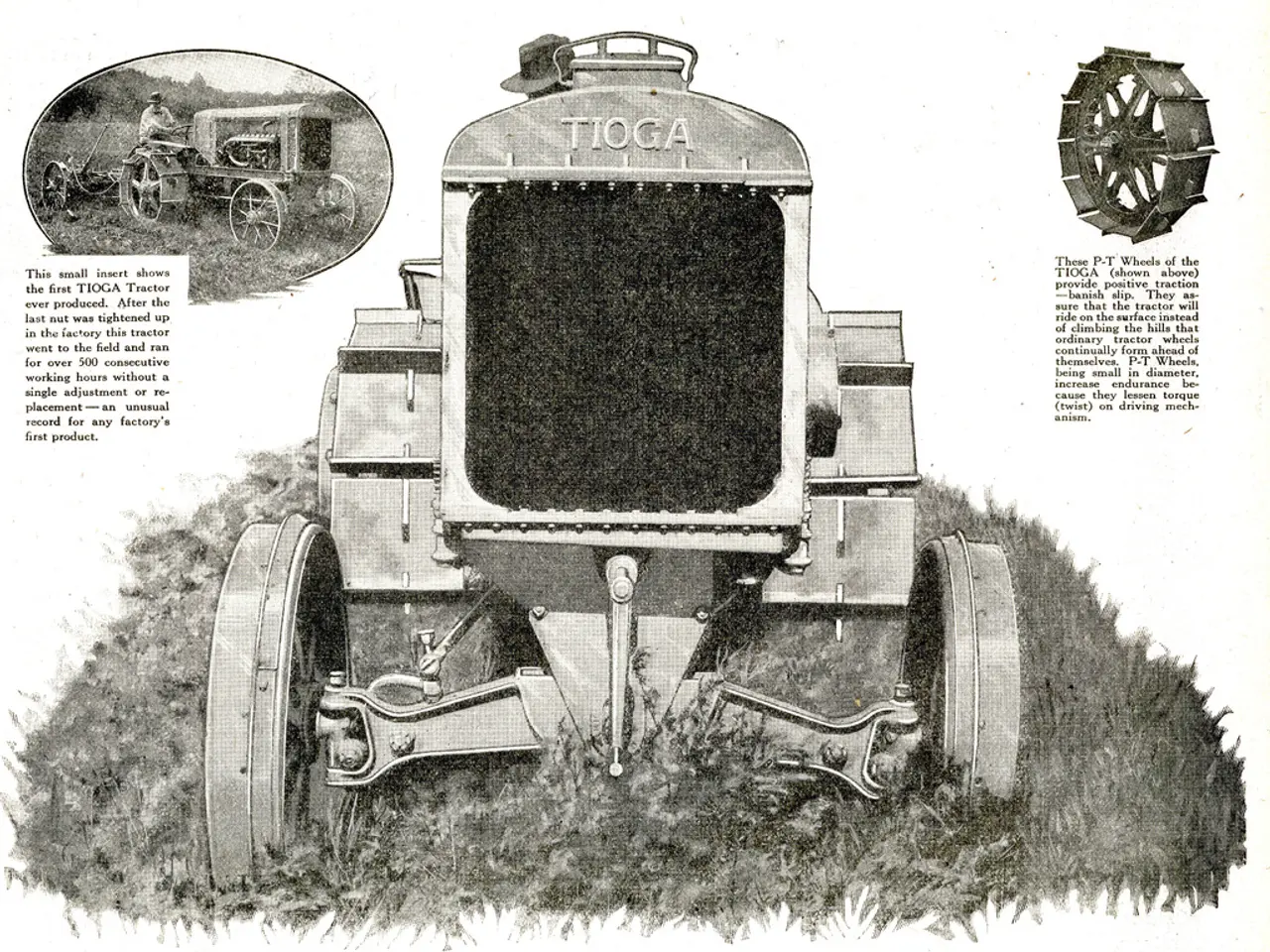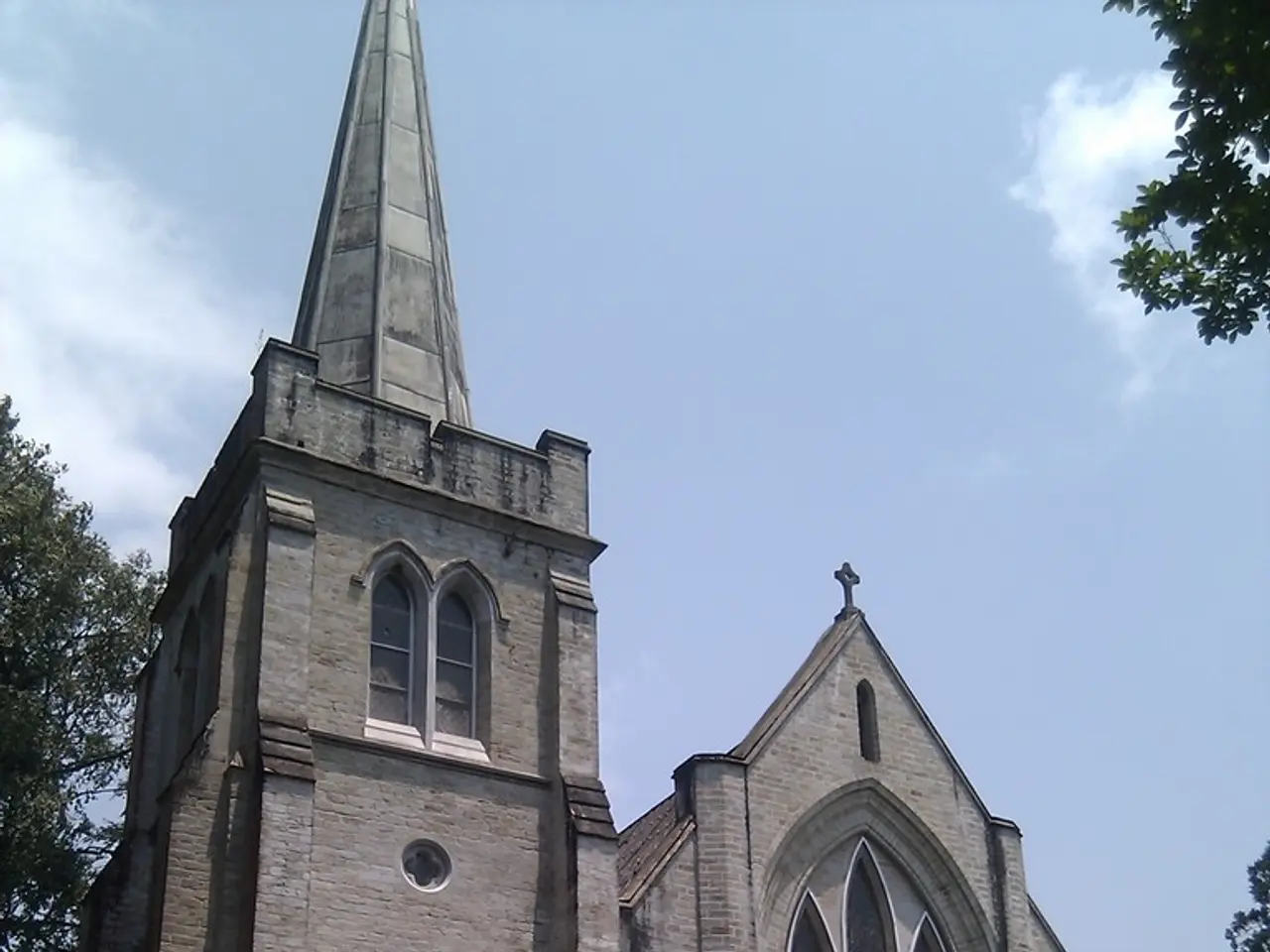Helicopter pilots' use of night vision goggles potentially contributed to a previous jet collision, according to industry experts.
In a shocking incident that claimed the lives of all 67 people aboard a U.S. Army helicopter and a passenger jet, experts have identified several key factors that contributed to the mid-air collision over Washington in January.
The collision was the first in a string of crashes and near misses this year that have alarmed officials and the traveling public. One of the main issues that surfaced during the National Transportation Safety Board (NTSB) investigation was the difficulty experienced by U.S. Army helicopter pilots wearing night-vision goggles (NVGs) in spotting the passenger plane.
- Limited Visibility: The Army NVGs made it difficult for pilots to see the colored navigation lights of the passenger plane, which would have provided critical information about the plane’s direction of travel. The reduced visibility of these lights impaired pilots’ ability to determine the aircraft’s movement to avoid collision.
- Peripheral Vision Limitations: The NVGs also limited the pilots’ peripheral vision during flight near Ronald Reagan Washington National Airport, further reducing situational awareness.
- Confusing Lights: Another challenge was distinguishing the plane’s lights from ground lights while the aircraft were on a collision course, compounded by the fact that the passenger plane was landing on a secondary runway that most planes did not typically use, making it less expected and harder to predict.
- Incorrect Expectations: Additionally, experts noted the importance of “knowing where to look,” implying that the pilots may not have been looking in the expected location of the passenger jet because of the unusual approach path on that night.
These visual limitations combined with the complexity of the airspace and procedural challenges contributed to the inability of the helicopter pilots to spot the passenger plane in time to avoid the deadly midair collision.
The NTSB also examined other systemic issues including air traffic control workload and airspace design, but the NVGs’ restrictions on visual detection of the jet’s lights were key factors in the pilots’ difficulty spotting the plane.
Other factors that emerged from the investigation included the helicopter's loose flying and lack of supervision, the helicopter flying above prescribed levels near the airport, potential inaccuracies in the helicopter's altimeters, and the lack of a functioning Automatic Dependent Surveillance-Broadcast (ADS-B) Out system in the helicopter.
Moreover, the air traffic controllers lacked maps of the military helicopter routes on their display screens, and the controller's instructions were not fully heard by the helicopter crew before the collision. The FAA was not responsive to problems, according to a former U.S. Department of Transportation Inspector General, and the FAA did not immediately test the controllers involved in the crash due to doubts about its fatal nature and because the optimal testing window had passed.
The FAA and the Army appear to share significant blame for the collision, with members of the NTSB accusing the FAA of saying the right things about safety in public while failing to cooperate in private and refusing to provide information requested by investigators.
This tragic incident underscores the need for improved communication, cooperation, and safety measures in shared airspace, particularly in complex urban environments like Washington, D.C.
The extensive investigation by the National Transportation Safety Board (NTSB) uncovered the Army night-vision goggles (NVGs) as key factors in the pilots' difficulty spotting the passenger plane, contributing to the mid-air collision. The complex issues identified, including the helicopter's loose flying, lack of supervision, and the FAA's response to problems, highlight the urgent need for improved communication, cooperation, and safety measures in shared airspace, especially in urban environments like Washington, D.C. This incident has significant implications for politics, general-news, crime-and-justice, sports, and beyond, as questions arise about aviation safety, air traffic control, and government accountability.








